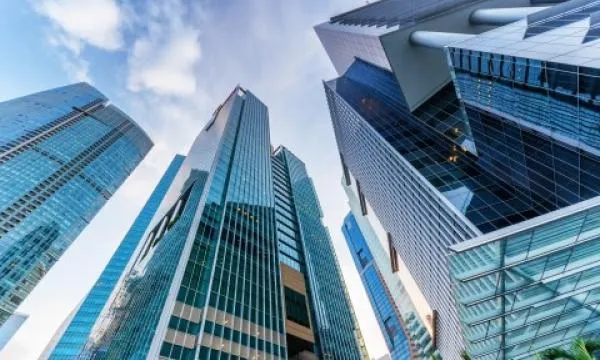
Office space absorption in APAC to drop 41% over 2020
Absorption fell 56% QoQ to 0.48 million square metres in Q2.
Aggregate absorption in the 19 APAC office markets that Colliers tracks closely fell 56% QOQ in Q2. While demand appears to be picking up in China, over 2020 Colliers predicts a drop of 41%, to 4.03 million square metres. Average annual absorption over five years should be close to the 2019 level of 6.82 million square metres. Office markets that held up well in H1 2020 include the seven major Indian cities (most notably Bangalore (Bengaluru), Seoul and Singapore, while Hong Kong SAR, Tokyo and Sydney showed negative net absorption.
Here's more from Colliers:
Held back by the COVID-19 recession and full or partial lockdowns in many countries, by our estimate aggregate absorption in the 19 APAC urban office markets that we track closely fell 56% QOQ in Q2 2020, from 1.09 million square metres to 0.48 million square metres. The decline on a YOY basis was more pronounced, at 71%, from 1.64 million square metres in Q2 2019.
China entered the COVID-19 crisis earliest and emerged from it fastest; indeed, the Chinese economy has been clearly recovering since April. In Beijing, Shenzhen and Guangzhou, we observed a pick-up in net absorption in Q2 versus Q1, with particular strength in the technology, media and telecoms (TMT) sector. Conversely, demand across Shanghai fell QOQ and was barely positive, with many occupiers delaying expansion.
In most other countries and territories, economies were turning down in Q2 from Q1. Certain office markets nevertheless held up surprisingly well. Chief of these were the seven major Indian cities, where gross leasing fell by only 36% over H1 2020 as a whole despite a lengthy national lockdown. Among the three cities included in our aggregation, Bangalore (Bengaluru) was the star of the show, with gross absorption of 172,000 square metres in Q2. Delhi-NCR was also firm, although Mumbai slowed down noticeably.
Other resilient office markets included Singapore and Seoul. Net absorption in these cities increased in Q2 from the Q1 levels, in both cases again due partly to firm demand from technology occupiers. Singapore also saw solid demand from flexible workspace operators.
However, in many cases weaker economic trends in Q2 were reflected in a weakening leasing performance:
- In Hong Kong SAR, net absorption was again negative in Q2, at -68,000 square metres versus -28,000 square metres in Q1.
- Tokyo’s five central wards saw a sharper downturn in Q2, recording net absorption of -56,000 square metres versus 308,000 square metres in Q1. Unlike many other markets, TMT demand was weak: many IT venture companies in the technology hub of Shibuya have started to surrender space as they reassess their office needs due to increased remote working.
- In Sydney CBD, net absorption was likewise negative over H1 as a whole, at -98,290 square metres for all office grades.
- Melbourne CBD posted net absorption of 36,000 square metres (all grades) for H1 as a whole, but this reflected pre-commitments covering a high proportion of new supply.
Outlook
We expect demand in the Chinese Tier 1 cities to recover further in H2 2020, with all four recording higher net absorption than in H1. However, we expect the recovery to be slower in Shanghai than in Beijing, Shenzhen and Guangzhou, since Shanghai is more reliant on demand from multinational companies; demand from large state-owned enterprises and domestically focused occupiers should provide greater support in the other cities.
In Hong Kong SAR, where multinational companies account for 60% of Grade A office space by our estimate, we expect occupier sentiment to stay weak, with net absorption for the full year reaching -165,000 square metres. One bright spot should be a recovery in mainland Chinese demand as more PRC firms seek dual stock market listings in the territory. While Singapore has been resilient so far, we expect a weaker performance in H2, and project net absorption of -12,000 square metres for 2020 as a whole.
Despite Tokyo’s weak outcome in Q2, we think 2020 net absorption will be positive. This is partly because established occupiers are being attracted to the National Strategic Special Zone that, as of July 2020, includes major CBD districts such as Marunouchi, Nihonbashi, Toranomon and Tamachi.
Taipei should also see positive net take-up for 2020 despite a negative outcome in Q2. While the recession has put pressure on tenants to cut space, Taiwan has been one of the markets least affected by COVID-19, and it has benefited from reshoring of manufacturing operations from China.
Demand in Sydney CBD remains weak, as most occupiers are unsure about future space needs. While we expect increased preference to work from home, we think the quality of Sydney’s office space and fit-outs will attract tenants back when it is safe to work from the office regularly. However, this will not happen straight away, and so we see net absorption over 2020 of - 125,000 square metres. In Melbourne CBD, we know that a number of fully committed buildings will re-enter stock. As a result, despite weak underlying demand, full-year net absorption should reach 83,000 square metres.
In Auckland, by contrast, a high proportion of supply through mid-2021 has already been absorbed through pre-commitments (92% in 2020 and 64% in 2021). We thus predict net absorption of about 51,000 square metres for 2020 despite a negative outcome in H1.
With many developed markets under pressure, recovery in leasing in China in H2 is insufficient to drive our forecast of a 29% increase in aggregate absorption across the 19 urban markets in H2 over H1. Our forecast also relies on the assumption of continuing strong absorption in India. This may appear optimistic given the continuing spread of COVID-19 in that country. However, the Indian government is now stressing economic recovery.



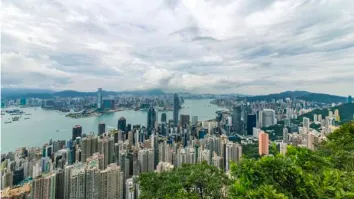
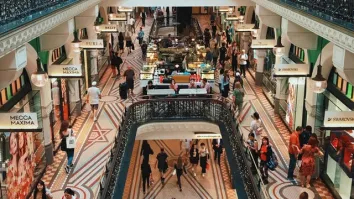
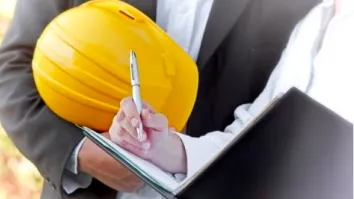
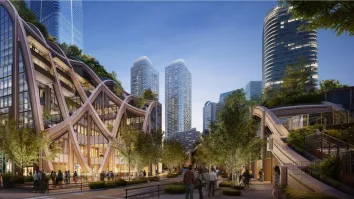


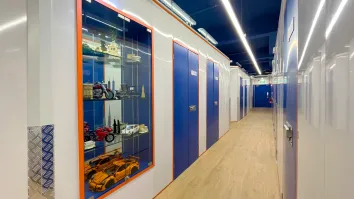



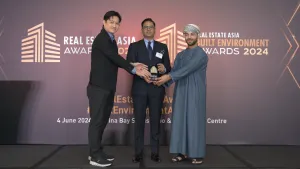
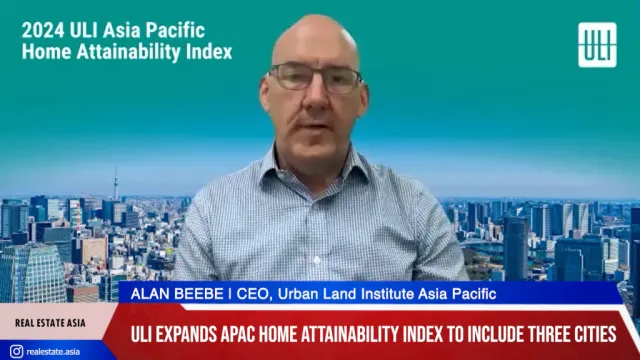

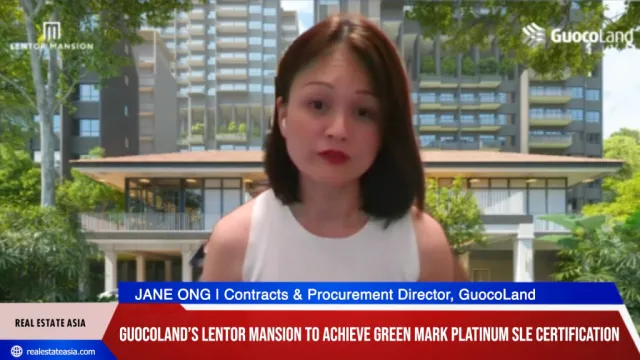

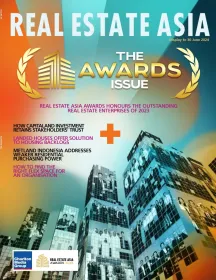
 Advertise
Advertise






